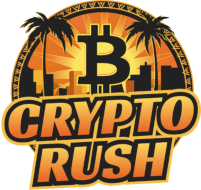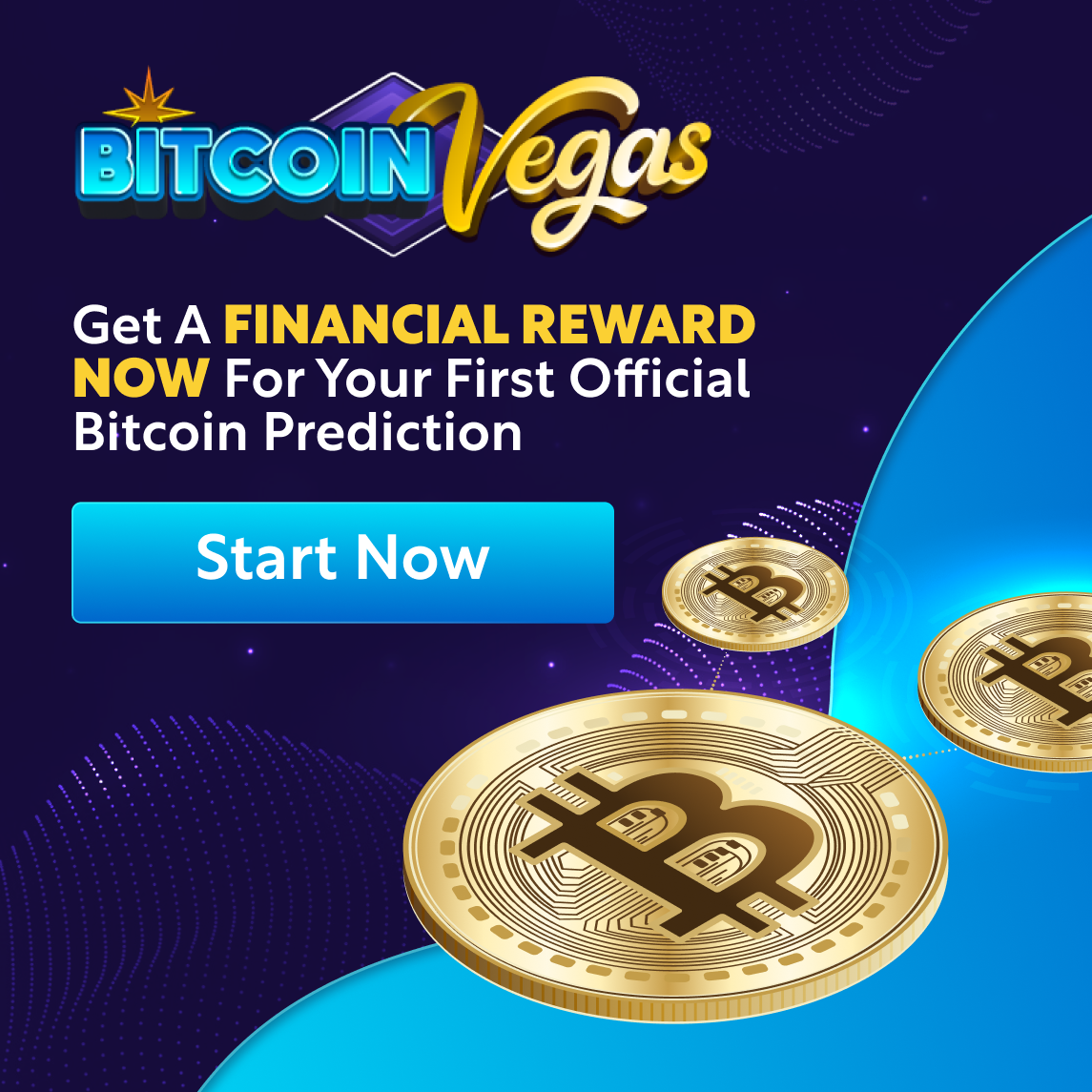The post What Are NFT Marketplaces? A Complete Guide for New Investors appeared first on Coinpedia Fintech News
Have you ever heard of someone spending thousands of dollars on a digital picture of a cat or a pixelated punk? Sounds crazy, right? Welcome to the fascinating world of NFTs!
If you’ve been curious but don’t know where to start, this guide will walk you through everything you need to understand about NFT marketplaces.
What Are NFTs, Anyway?
Before we explore marketplaces, let’s get the basics down. NFT stands for Non-Fungible Token. That’s a fancy way of saying it’s a unique digital item that can’t be replaced with something else. You can think of it like a one-of-a-kind baseball card or a rare piece of art. Unlike your regular dollars or Bitcoins (which are fungible and interchangeable), NFTs are special. Each one has its own value and identity.
NFTs can represent anything digital—art, music, videos, tweets, virtual real estate, and even in-game items. They’re powered by blockchain technology, which is like a public ledger ensuring everyone knows who owns what.
Why Are NFTs So Popular?
Okay, imagine owning a piece of art from a famous artist but in digital form. It’s yours. You can show it off, sell it, or trade it. That’s what makes NFTs exciting. Plus, the scarcity factor—there’s only one or a limited number of each NFT. It’s like finding a golden ticket in a chocolate bar.
Another reason NFTs are booming?
They give creators more control. Artists can earn royalties every time their NFT is sold. So, instead of being at the mercy of galleries or record labels, creators get direct access to their audience.
What Is an NFT Marketplace?
Now that you know about NFTs, let’s talk about where the magic happens: NFT marketplaces. Think of these platforms as digital art galleries or auction houses where you can buy, sell, or even create your own NFTs.
Each marketplace has its vibe, features, and focus. Some cater to high-end digital art, while others are playgrounds for gaming enthusiasts or music lovers. If you’ve ever used eBay or Amazon, the concept isn’t too different.
The key difference? Instead of physical goods, you’re dealing with digital assets.
How Does It Work?
Let’s break it down into simple steps:
Create an Account: First, you’ll need to sign up on a marketplace. Connect a Wallet: To buy or sell NFTs, you’ll need a crypto wallet (more on that later). Think of it as your digital purse. Browse the Listings: Scroll through collections, discover trending pieces, and pick your favorites. Buy, Bid, or Mint: Depending on the platform, you can purchase NFTs instantly, place a bid, or create your own NFT (called minting). Own It: Once the transaction is complete, the NFT is all yours. It’ll sit safely in your wallet.There’s more to consider.
Popular NFT Marketplaces
Here are some of the top NFT marketplaces you’ll want to know about:
1. OpenSea
The giant of NFT marketplaces. opensea opensea – NFT Market Place is like the Amazon of NFTs. You’ll find everything here—from art to domain names and gaming items. It’s user-friendly, making it perfect for beginners.
2. Rarible
A bit more community-focused, Rarible lets users vote on platform upgrades. It’s popular among creators who love its easy minting process.
3. Foundation
This one’s all about high-quality art. It’s invite-only, so not everyone can sell here. Think of it like a VIP art club.
4. NBA Top Shot
Into sports? This marketplace focuses on officially licensed NBA highlights. It’s like owning a piece of basketball history.
5. Axie Marketplace
For gamers, Axie Infinity is the go-to place for buying and trading in-game items and characters. It’s fun and addictive!
What About Crypto Wallets?
To interact with NFT marketplaces, you’ll need a crypto wallet. This is where you store your cryptocurrencies (like Ethereum) and NFTs. Popular wallets include:
MetaMask: A browser extension wallet. Simple and widely used. Trust Wallet: Great for mobile users. Coinbase Wallet: User-friendly, especially if you’re already using Coinbase.Connecting your wallet to a marketplace is straightforward. Just follow the on-screen prompts, and you’re good to go.
How Do You Buy an NFT?
Alright, so you’ve found an NFT you love. Now what? Here’s the process:
Check the Price: Some NFTs have a fixed price, while others are auctioned. Auctions mean you place a bid and hope it’s the highest. Pay with Crypto: Most marketplaces operate on Ethereum, so you’ll need ETH. Some also accept other cryptocurrencies. Confirm the Purchase: Once you pay, the NFT is transferred to your wallet. You’ll also pay a small transaction fee (called a gas fee). Show It Off: Your NFT is now yours. Display it in a virtual gallery or keep it as a valuable collectible.Can You Sell Your NFTs?
Absolutely! Selling NFTs is just as easy as buying them. Upload your digital item, set a price, and list it on the marketplace. When someone buys it, the proceeds (minus marketplace fees) go directly to your wallet.
Remember, you can also earn royalties if you’re the original creator. This means you’ll get a percentage of every future sale of that NFT. It’s a great way to keep earning long-term.
Risks and Challenges
It’s not all sunshine and rainbows, though. Here are some things to watch out for:
High Gas Fees: Ethereum transactions can be expensive during peak times. Imagine paying $50 just to buy a $20 NFT. Frustrating, isn’t it? Scams and Fakes: Not all marketplaces are trustworthy. Stick to reputable platforms and double-check the authenticity of NFTs. Volatility: Crypto prices and NFT values can swing wildly. Invest only what you can afford to lose. Environmental Impact: Some blockchains consume a lot of energy. Fortunately, newer platforms are finding eco-friendly solutions.Real-Life Example: Beeple’s $69 Million Sale
Let’s talk about the NFT that took the world by storm. In 2021, a digital artist named Beeple sold an NFT titled “Everydays: The First 5000 Days” for a whopping $69 million at a Christie’s auction. It’s essentially a collage of 5,000 digital images he created over 13 years.
This sale put NFTs on the map. It showed the world that digital art can be just as valuable as physical masterpieces. Mind-blowing, right?
The Future of NFT Marketplaces
NFTs are still in their early days. But the potential is enormous. Imagine:
Virtual Real Estate: People already buy and sell land in virtual worlds like Decentraland. Music Rights: Artists can sell songs directly to fans without middlemen. Tickets: NFTs could replace traditional event tickets, reducing fraud.The possibilities are endless. And with more people jumping in, NFT marketplaces will only get bigger and better.
Also Read : How to Create and Mint Your First NFT: A Simple Learning Guide ,What next?
There you have it! The NFT marketplace might seem like a wild jungle at first, but once you understand the basics, it’s an exciting place full of opportunities. Whether you’re an artist, collector, gamer, or just curious, there’s something for everyone.
Start small. Explore a marketplace like OpenSea or Rarible. Browse, learn, and maybe even buy your first NFT. Who knows? You might discover a hidden gem or create something that takes the world by storm.
FAQs
An NFT marketplace is a platform where users can buy, sell, and create NFTs using blockchain technology and crypto wallets for secure transactions.
OpenSea and Rarible are great for beginners due to their user-friendly interfaces, low barriers to entry, and wide variety of digital assets.
Yes, most NFT marketplaces require cryptocurrency, like Ethereum (ETH), which you store in a digital wallet to complete transactions.
Yes! You can mint your artwork on platforms like OpenSea, Rarible, or Foundation and set a price or auction it for potential buyers.
Reputable marketplaces are generally safe, but users should beware of scams, fake NFTs, and high gas fees when trading digital assets.






